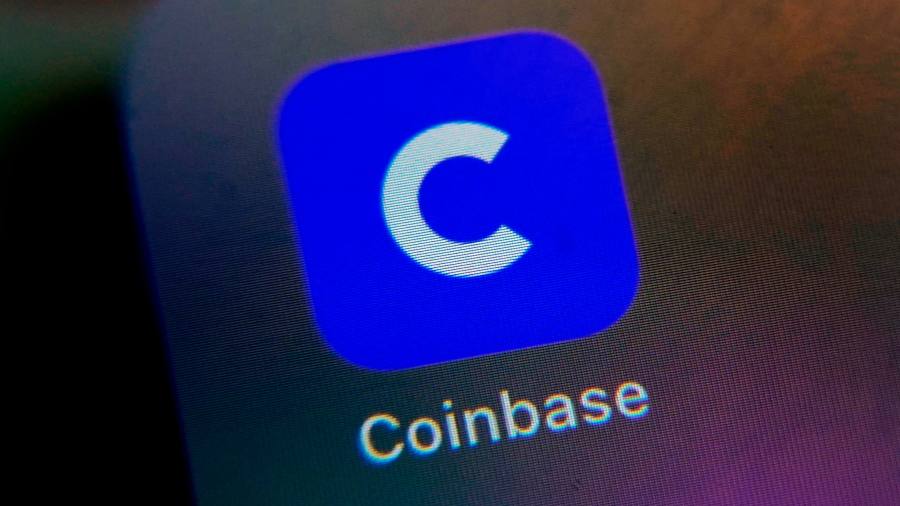A regulatory Big Bang is engulfing cryptocurrency exchanges. In the span of 48 hours, the US Securities and Exchange Commission has fixed two of the industry’s biggest operators in its sights.
On Monday, it accused Binance, the world’s largest crypto exchange, and founder Changpeng Zhao, of committing some of the same malfeasances that led to the collapse of Sam Bankman-Fried’s FTX. The SEC alleged Binance had diverted customer money and used secret trading firms to prop up trading volumes.
A day later, the regulator sued Coinbase, the largest US crypto platform, for allegedly operating as an unregistered broker and dealing in unregistered securities.
Cynics would say the SEC is shutting the barn door after the horse had bolted. Cryptocurrency fraud has resulted in $1bn of losses, according to a report from the Federal Trade Commission last year. And that was before FTX’s collapse.
Moreover, the SEC approved Coinbase going public with a direct listing in 2021. Why did it let the company sell shares to the public if it is an illegal, unregistered securities exchange?
Both Binance and Coinbase will fight the lawsuits. The outcome will be immaterial. The damage has been done. Crypto investors have pulled nearly $800mn from Binance since the SEC unveiled its charges, according to research firm Nansen. Coinbase lost more than a fifth of its market value this week.
Cryptocurrency trading volumes on the two exchanges were already on the wane. The SEC, by expanding the list of tokens it deems to be unregistered securities in its complaints, will add to the downward pressure. Mizuho, a bank, reckons more than 30 per cent of Coinbase’s revenue may be at risk. So called “alt-coins” — tokens that are lesser known than bitcoin or ethereum — accounted for half of Coinbase’s trading volume and transaction revenue last year.
The SEC’s case against Binance rattles confidence in single exchanges. It may hasten a shift towards using alternative peer to peer exchanges instead. But the crypto winter is turning into an ice age.
Read the full article here



